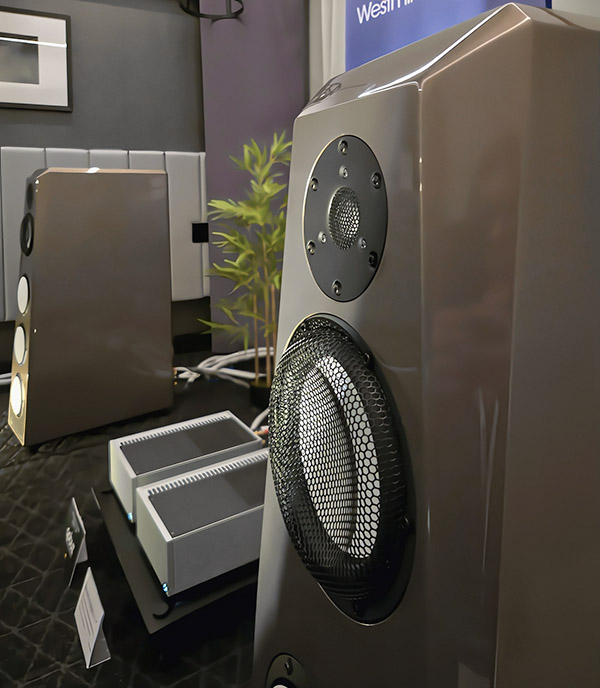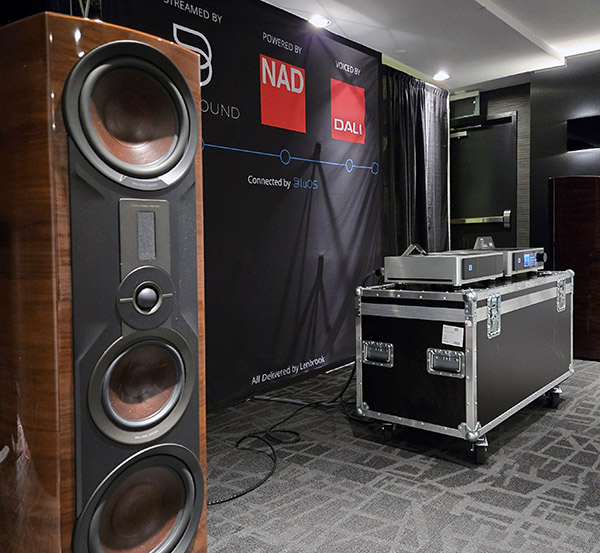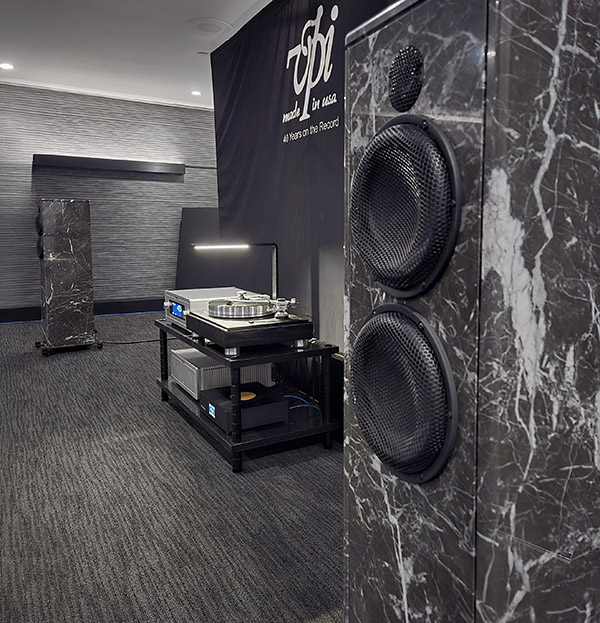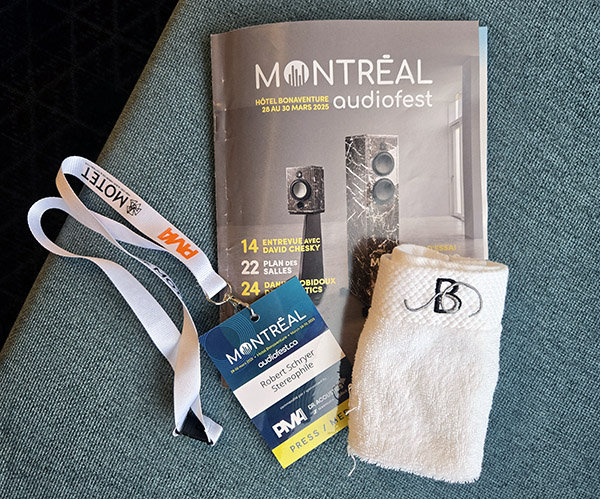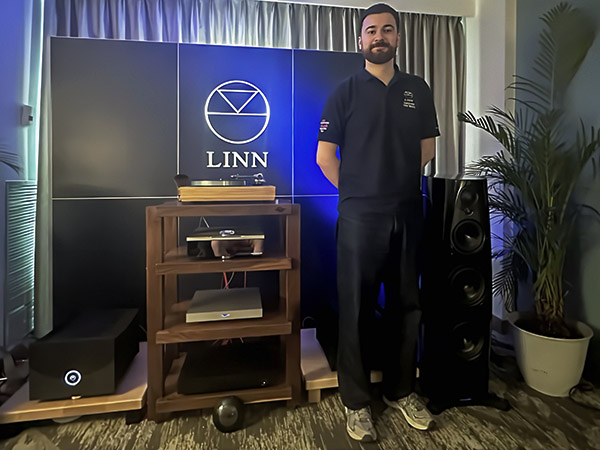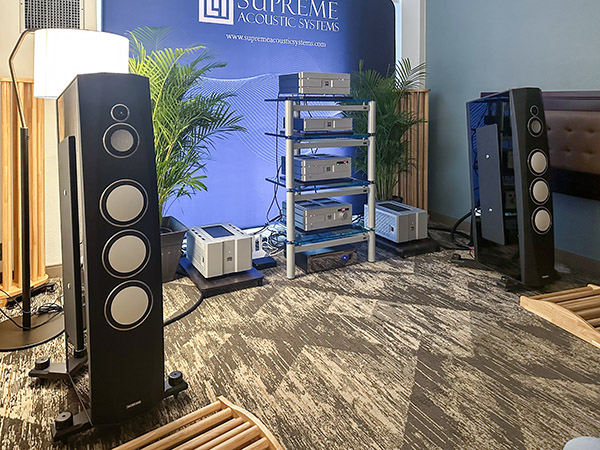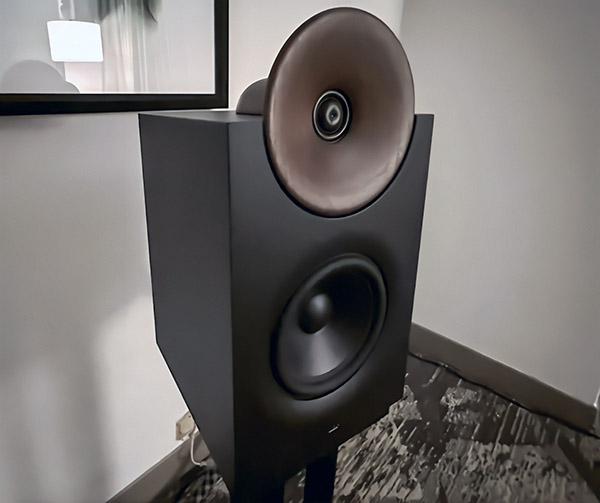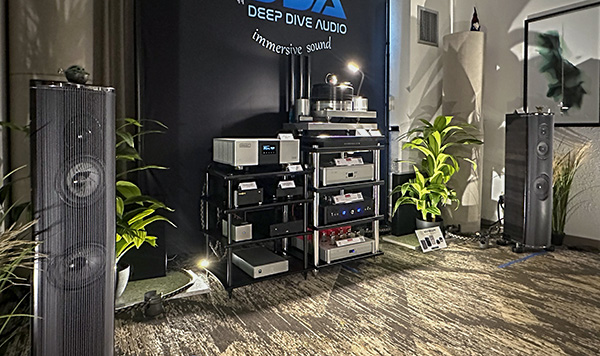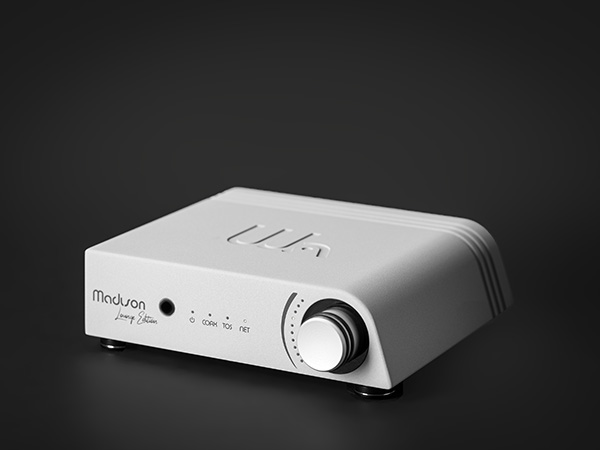LATEST ADDITIONS
Lenbrook Americas: DALI, NAD, Kimber Kable
Acora Acoustics / Audio Research: Cardas, Grimm, VPI
It’s on! Welcome to the Montreal Audiofest 2025
Linn & Nordost Unite: Lorenzo Pacitti’s High-End Audio Showcase
Supreme Acoustic Systems: Soulnote, AirTight, BennyAudio, Albedo, AudioQuest, and Cardas
Ryan O’Connor Delivers: ReVox, Playback Designs, and Aretai
Audiophile Apex: Deep Dive Audio with J. Sikora, Aidas, Doshi, EMM Labs, Franco Serblin, ViaBlue, Silent Angel, Stillpoints, and RSX
Wattson Audio Madison LE D/A processor
When I opened the main box, I found two smaller boxes. The little brown one contained a fist-sized power supply in a chassis of extruded aluminum, with a label attached that said "AC/DC Hybrid Adaptor" next to a circle containing a sun cross symbol and the words "Designed, Engineered and Built in Switzerland" in capital letters circling its top edge. Below the circle was more writing: "Wattson Audioa CH Precision company."
The Wattson Madison LE's 2.3lb chassis was inside a larger white box with black block letters saying "Madison." Under that, written in cursive, were the words "Lounge Edition." The L in LE is for Lounge, not Limited as you might expect.
I've reviewed a few DACs but never one this small, light, and elegantly formed.
Re-Tales #52: Help Wanted—at Hi-Fi Stores
The hi-fi industry is evidently experiencing a shortagenot of parts or materials as during COVID and just after, but of qualified salespeople. As this column has pointed out, some hi-fi shops have closed, for various reasons, while some new ones have opened. Meanwhile, not just dealers but also manufacturers and distributors have reported difficulty finding qualified salespeople. Michael Manousselis, president of Americas for Dynaudio, stated as much in emailed responses to my questions. "I have heard more from dealers having a hard time finding experienced salespeople, that is for sure," he said. "We've seen some hire former customers, to groom them for sales."
What's going on? If people are passionate about this hobby, wouldn't they jump at the chance to get more involved in it professionally?

